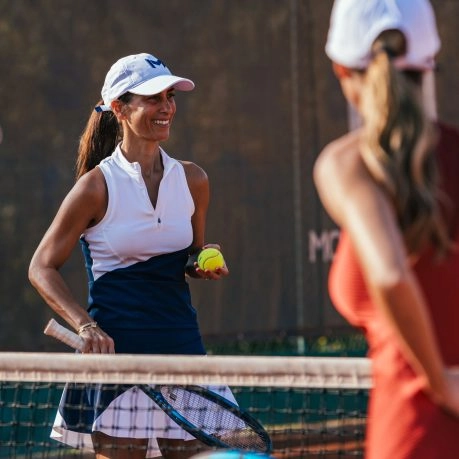1. Work on your service
A solid serve is the key to success with this strategy. The ideal serve is a slice or lift serve that prevents your opponent from controlling the return. In general, you’ll want to aim for the corners of the court to create easier volley opportunities.




















